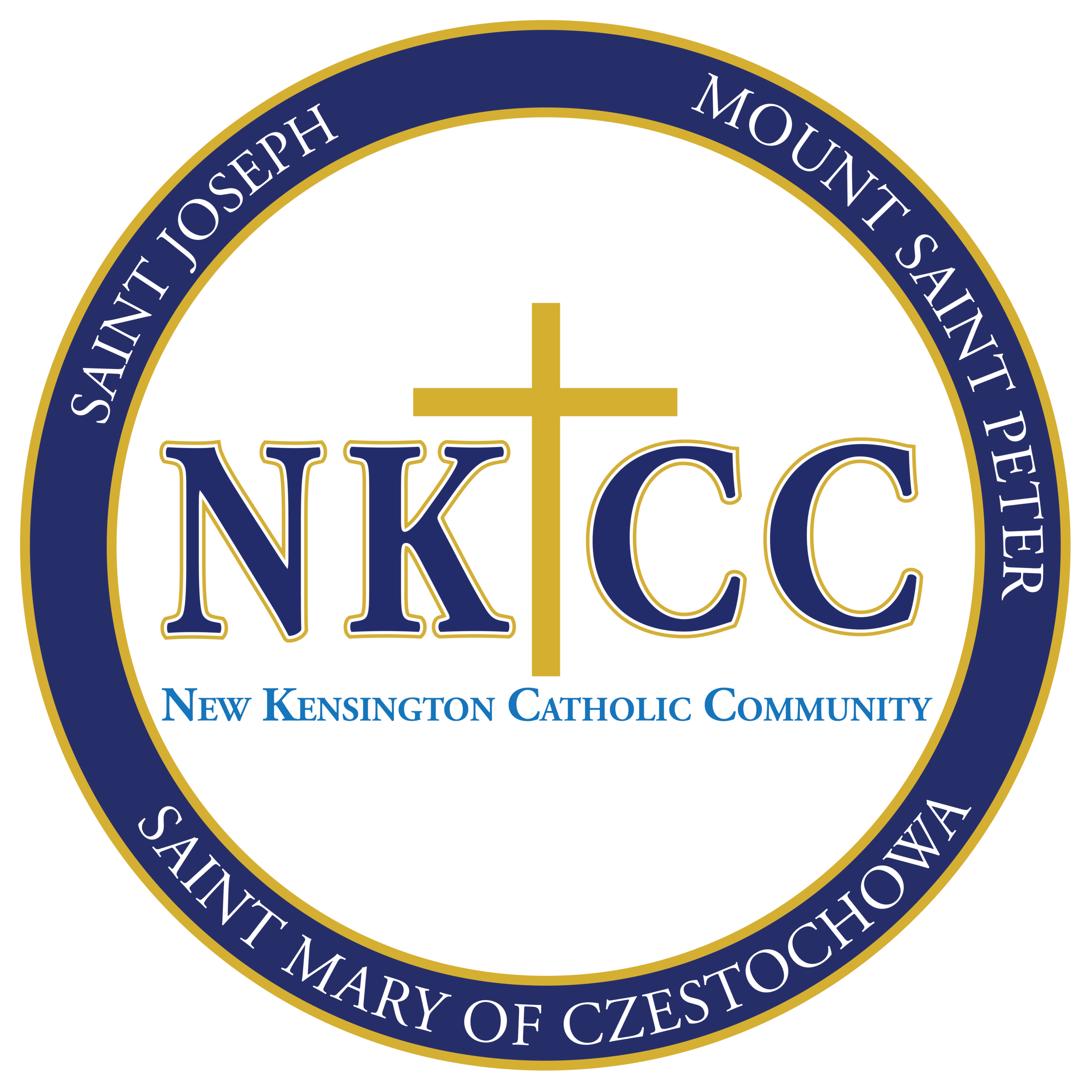Sacrament of Marriage
History
According to our Catholic faith, Jesus lifted marriage to the level of a sacrament - revelatory of the love of God for us. The fact that his first miracle occurred at a wedding and his view on the unbreakable marital bond are sited as arguments for this. Nevertheless, it took the church more than 1,000 years to develop a ritualized and codified sacrament of marriage. And it was not until the twelfth and thirteenth centuries that marriage became a universally recognized sacrament.
The council of Trent iterated that a marriage could not be valid unless it was celebrated in the presence of a priest and two witnesses. It had to be publicly announced several weeks in advance and was to be registered in the parish records. In light of the second Vatican Council, the wedding liturgy, which had been very rigid and clerical became much more individualized and called for greater participation by all present.
Theology
The 1983 Code of Canon law describes the sacrament of marriage as a "covenant by which a man and a women establish between themselves a partnership of their whole life and which of its own very nature is ordered to the well being of the spouses and to the procreation and upbringing of children" (Canon 1055).
As an assembly of believers, we focus our lives on the Gospel of Jesus Christ. By seeking the sacrament of marriage, a couple indicates that they intend Jesus' message to be the guiding factor of their life together. The community, in turn, commits itself to support the couple in this pursuit.
The celebration of the sacrament of marriage, which is rooted in the Sunday assembly, is not a private family function, nor is it merely a social affair or a personal expression of the couple's love for each other. Rather, it is an action of the entire Church, in whose presence two people commit themselves to one another. Because the sacrament of marriage is worship, it is above all, congregational. And because it is congregational, every effort should be made to enable the assembly to participate in a full and active manner.
The liturgy is neither a show nor a performance and it is not enhanced by the presence of passive observers. Everyone present should be able to hear, see, speak, sing and pray.


